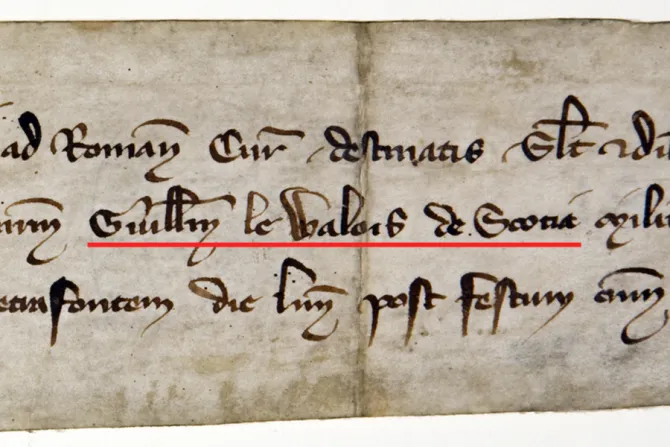Edinburgh, Scotland, Jan 13, 2012 / 13:52 pm
A 14th-century letter asking Pope Boniface VIII to look favorably upon the Scottish patriot Sir William Wallace during his visit to Rome has been returned to Scotland.
"This document is an enigma," said George MacKenzie, head of National Records of Scotland at the unveiling ceremony in Edinburgh on Jan. 12.
"It's a letter from the French king to his officials at the Vatican mentioning Wallace, but we don't know what his business was with the Pope. What we do know is that the document still fascinates, 700 years after it was written."
The life of Sir William Wallace was famously portrayed by Mel Gibson in his 1995 Oscar-winning film "Braveheart." Until Jan. 12, the letter about the real-life Wallace was held in England, since being discovered in the Tower of London in the 1830s.
The letter was originally written in 1299, when Wallace traveled to the court of Philip IV of France to try and persuade him to support the Scots against Edward I of England. A year after Wallace's arrival, Philip IV wrote the letter in question to his agents in Rome.
The letter, begins, "Philip by the grace of God, king of the French, to his beloved and loyal people appointed at the Roman Court," and commands the French officials to "ask the Supreme Pontiff to consider with favor our beloved William le Wallace of Scotland, knight, with regard to those things which concern him that he has to expedite." It is signed at the royal castle of Pierrefonds on the Feast of All Saints, Nov. 7, 1300.


